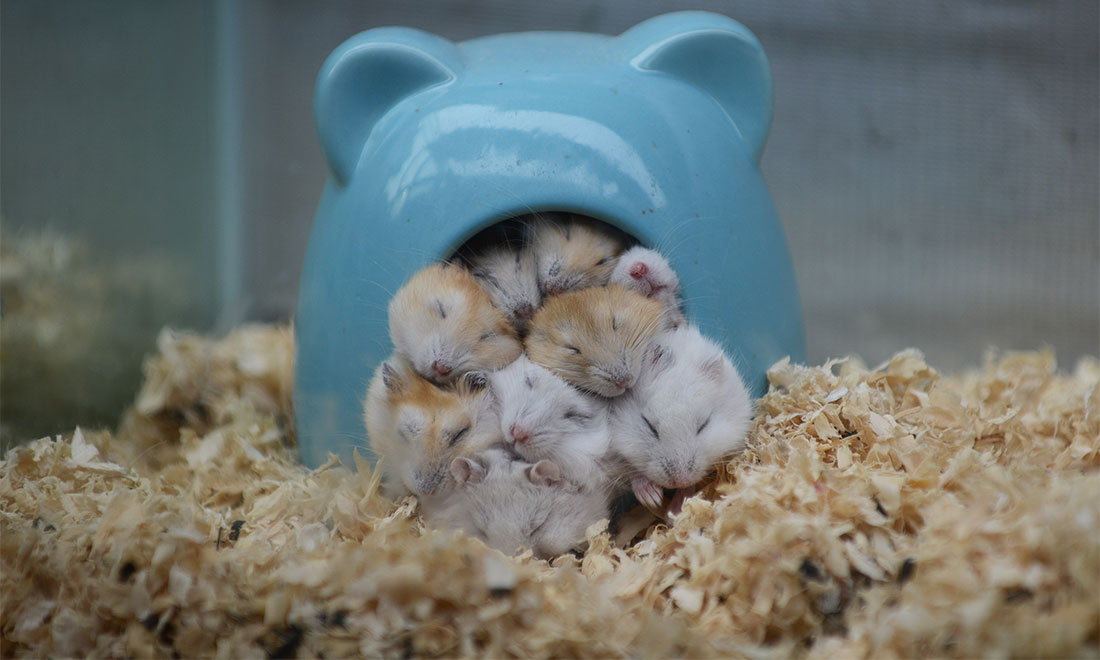
A dozen hamsters sleep by huddling together to keep warm in a pet store of Jiaxing, East China’s Zhejiang Province on January 12, 2015.
After a worker in a pet shop in HK caught COVID-19 from a hamster, the local govt ordered a mass cull of the animals. How big is the risk of animals passing the virus to human beings, and is killing the animal the only option we have in a situation like this?
Authorities on Tuesday ordered 2,000 hamsters from dozens of pet shops and storage facilities to be culled after tracing a coronavirus outbreak to a worker in the Little Boss pet shop, where 11 hamsters subsequently tested positive for COVID-19.
David Hui Shu-cheong, a government pandemic adviser, said on Wednesday that this is the world’s first case of a hamster passing the virus to a human being. Hui noted that the animal may have already got the virus before being sent to Hong Kong from the Netherlands.
The batch of animals may have contaminated other pet shops after arriving and the worker may have got infected via the hamsters’ excrement.
Hui said hamsters that entered Hong Kong after December 22, 2021 were at the biggest risk, and he believed the authorities may conduct COVID-19 checks on hamsters imported from outside Hong Kong.
The decision to cull hamsters caused concerns in Hong Kong, with some people saying it was cruel.
Yuen Kwok-yung from the University of Hong Kong told the media that although it might seem unnecessary, Hong Kong has a relatively low vaccination rate, and according to previous experience one infection in a community could cause hundreds of deaths among the elderly.
Yang Zhanqiu, a deputy director of the pathogen biology department at Wuhan University, told the Global Times that it is possible that animals can pass the virus to human beings.
“They don’t pass the virus directly. It takes time for the virus to get familiar with the environment. After that, it will jump from animals to human beings,” said Yang. He noted that culling the hamsters is a rather “reluctant option,” but since they have already entered the city, there’s nothing else the authorities can do.
A study from the UK in January 2021 found no evidence of pet-to-owner transmission had been recorded to date but said it would be difficult to detect while the coronavirus is still spreading easily between humans.
"The main concern is not the animals' health but the potential risk that pets could act as a reservoir of the virus and reintroduce it into the human population,” said one of the authors, Dr. Els Broens from Utrecht University.
